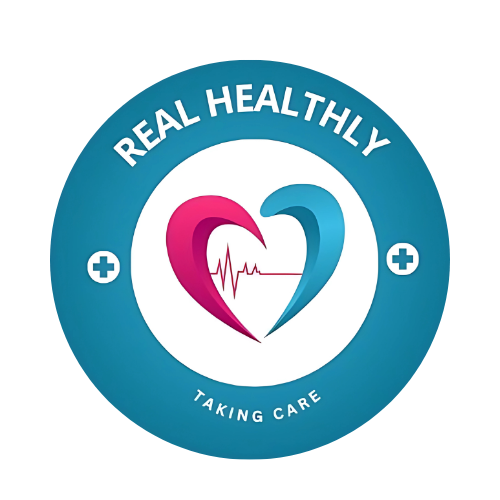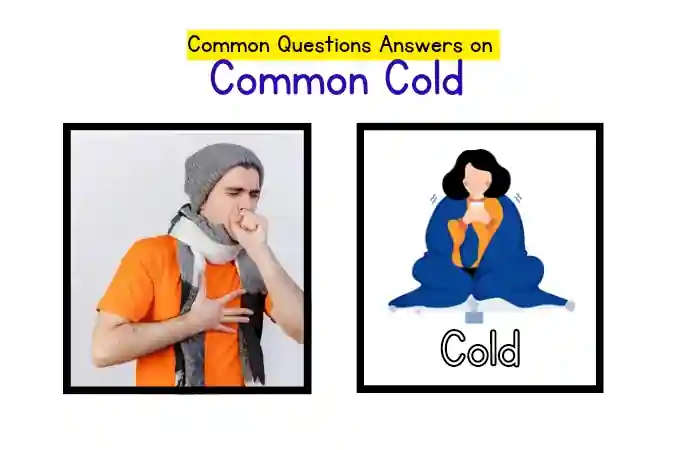Common Questions Answers about Common Cold
Here are some common questions answers about common cold:
What is common cold?
The common cold is a contagious viral infection. The common cold is caused by virus. There are more than 100 kinds of viruses known to cause infection that we recognize by their familiar symptoms – as colds. In other words, a cold is not a disease but an infection by any of large class of viruses. Other kinds of viruses cause poliomyelitis, viral pneumonia, influenza and other diseases.
The essential component of a virus is its DNA, the substance that involved in the transmission of hereditary information from one generation of living cells to the next. Though viruses are not cells, they can produce new generation of themselves by invading cells of other organisms and taking over their reproductive functions. In the process the host cell usually suffers disruption of its other functions and dies.
How is a cold caught?
Two things are needed to begin a cold: The virus which is in air, on people’s hands and elsewhere – and the cells of the nose and throat which become the home in which virus can live and grow. A number of conditions seem to increase the ease with which viruses invade tissues. The cold virus is spread by sneezing, coughing and even shaking hands. Colds are most contagious during their early stages, from a few hours before symptoms appear until about two days after.
The condition of the body partly determines whether the cold virus will have a chance to cause infection. Fatigue, poor physical condition, some air pollutants, poor diet, change in weather, emotional upsets, perhaps the stress of chilling may weaken the body’s natural defenses against infection. Children less than six years old, have the most cold, four or five a year in crowded cities. By age nine, colds tend to occur only about half as frequently as at age six; and by age 12, the frequency falls to a quarter of that at age six.
What symptoms and course can be expected of a common cold?
Colds are more severe in young children than in adults because the children have fewer anti-cold antibodies and they have some different symptoms, the main one being a fever, which is unusual in adults. Fever is highest in children three months to three years old. Infants under three months usually do not have fevers with colds and children with more than three years old, usually have temperatures lower than 102 degree Fahrenheit.
The fever usually lasts less than three days, while the others symptoms persist four to ten days. Because young children tend to swallow all the mucus that flows from nose to the throat, they may gag and suffer from upset stomach. Infections of the eustachian tube and the ear more often accompany colds in young children because their eustachian tube is shorter and more nearly horizontal, increasing the possibility that viruses or bacteria will reach the ear.
What causes a runny nose and stuffed-up feeling?
The nose often is the entrance by which the virus invades the body. The body begins to protect itself by increasing the blood flow to the nose and throat, causing the mucous membrane to reddened. To kill the virus, blood brings in white cells and antibodies that pass into the mucous membranes, which then produce mucus to wash away the virus.
The stuffed-up feeling is the result of the swelling of the mucosa caused by the influx of the blood, which crowds the tissues. The nostrils also become coated by the sticky layer of the mucus discharged from these cells, so the passage of air is seriously obstructed.
What causes the cough with cold?
A cough often indicates the viral infection has spread from the nose into the pharynx. Coughing is a reaction of the throat to irritation by the constant flow of mucus across its lining. After coughing starts, it can further irritates the tissues, resulting in self-perpetuating cough cycle. Sometimes cough is a sign that a viral infection has spread, even lower towards the lungs, involvement of the lower respiratory structures is more serious than a common cold.
What are complications of common cold?
In itself cold is not dangerous, but it can weaken the body’s defenses against the other infections, both viral and bacterial. This is specially if care is not taken to give the body a good chance to heal itself. Mucus force into sinuses or the eustachian tubes may carry infection to those structures or to the middle ear. If the virus spreads to the lower respiratory tract, bronchitis is then the commonest result.
Symptoms of bronchitis include fever and cough productive of mucus. It is usually mild complications except in the very young, the elderly or persons with chronic diseases of the heart or lungs. These persons, are indeed, more vulnerable to all complications of the common cold. In children under six, the most common bacterial complication is otitis media, while in older children sinusitis may occur. The most serious bacterial complication is pneumonia.
Can common cold be cured?
Scientists have not yet discovered a medicine that will render cold virus harmless. Only the person with strong natural defences, white blood cells, and antibodies can render strong defenses against cold viruses. All that can be done is to treat the symptoms to reduce discomfort while the body is fighting the cold virus.
There are several good reasons, most doctors may feel, for not taking antibiotics for cold.
1. Antibiotics kill or arrest the growth of bacteria but have no effect on virus.
2. Antibiotics may kill bacteria that are actually helpful in keeping other harmful organisms under control. These other organisms may then cause additional problems: an uncomfortable vaginal itch and discharge, and diarrhea are two unpleasant consequences that may result from misdirected antibiotic therapy.
3. Bacteria often develop resistance to antibiotics, which thereafter are useless in treating infections caused by those bacteria.
4. Antibiotics sometimes cause allergic or toxic, even fatal reactions.
Antibiotic therapy would be acceptable, however, if directed against bacterial complications.
Can common cold be prevented?
There is apparently no surefire way to prevent a cold, but the risk of getting so many colds can be reduced by avoiding persons with colds and by maintaining general good health. It has been claimed that taking large doses of vitamin C will prevent colds or reduce their severity and length, but clinical trails offer little support for the claim.



